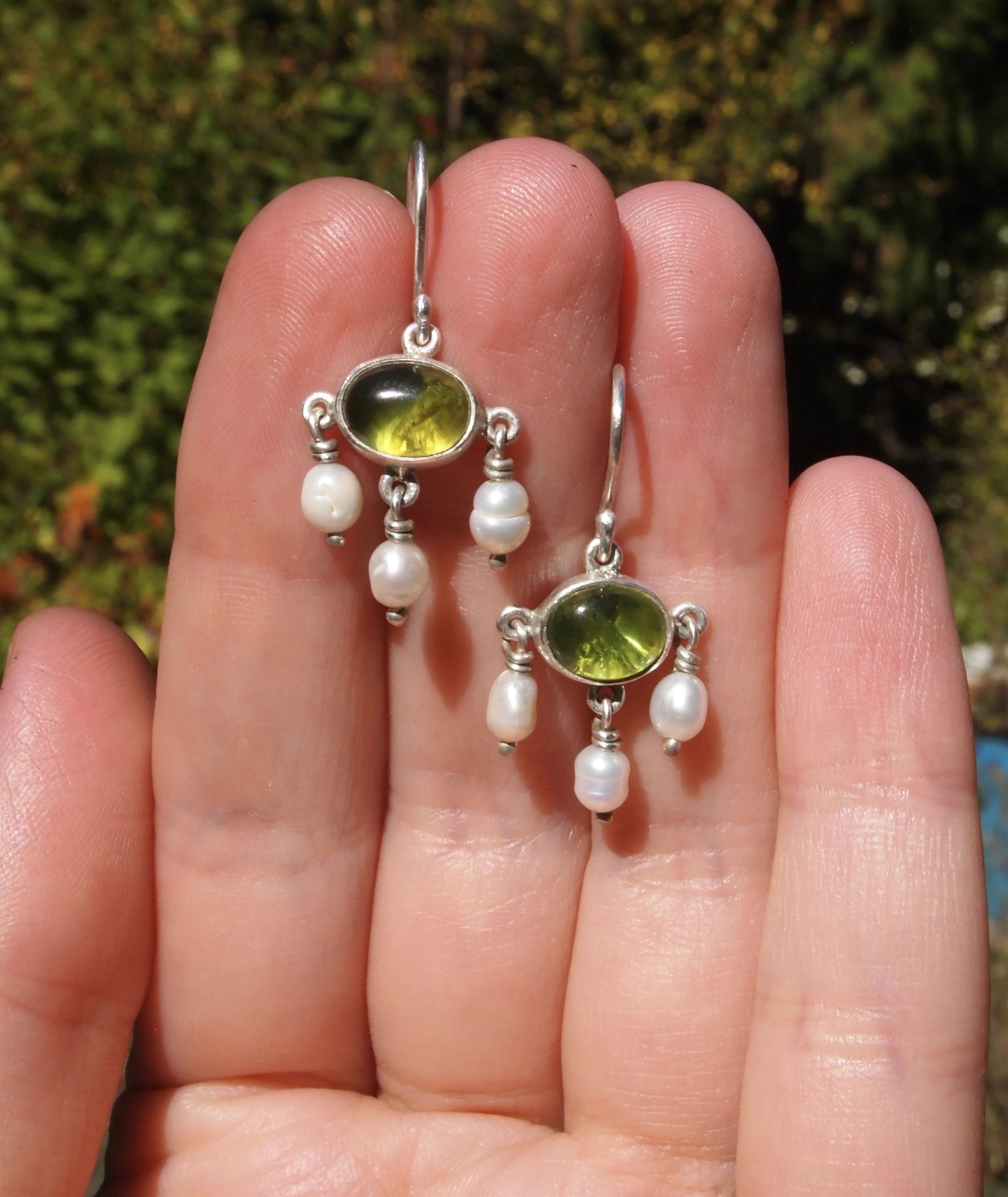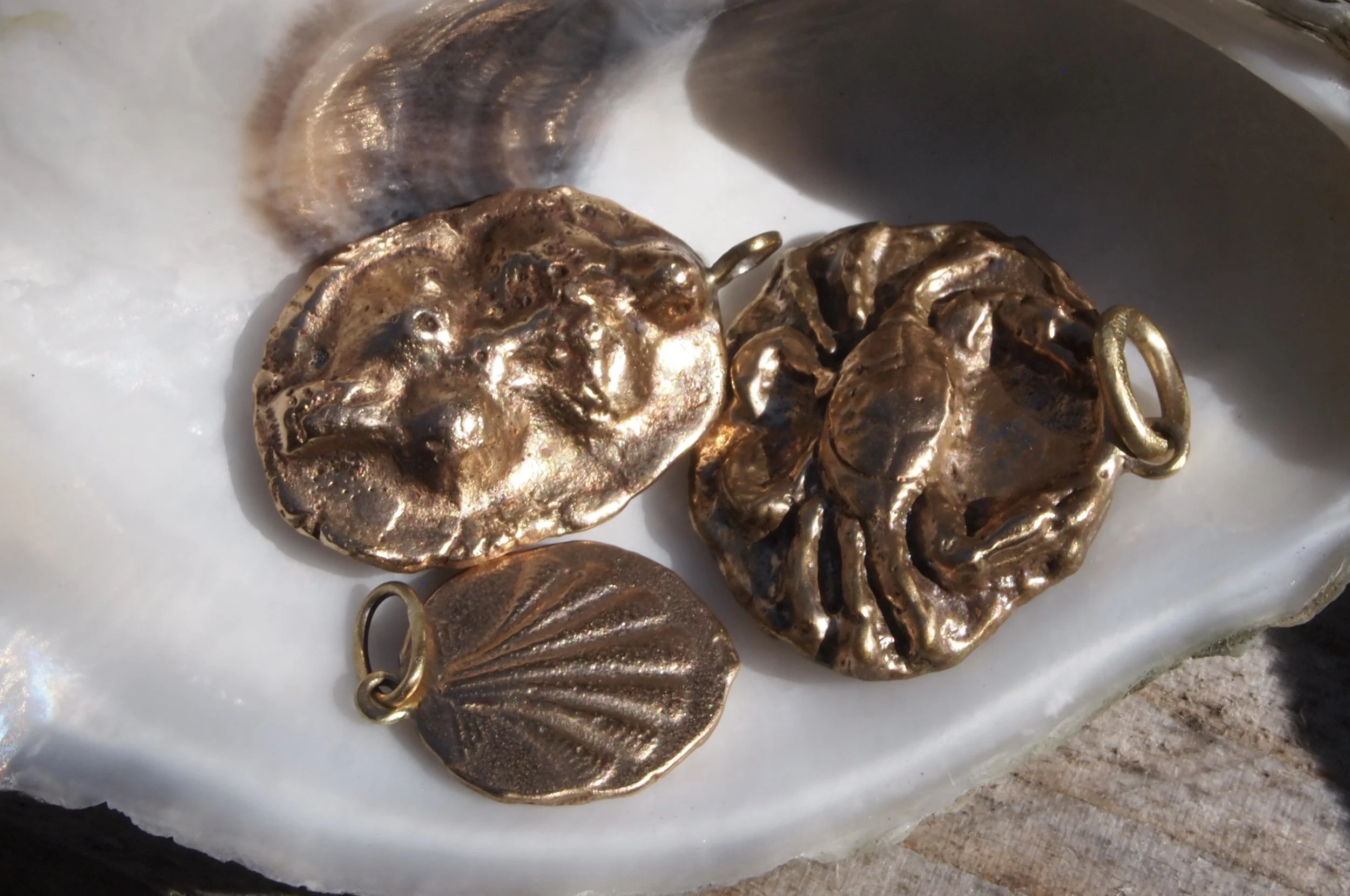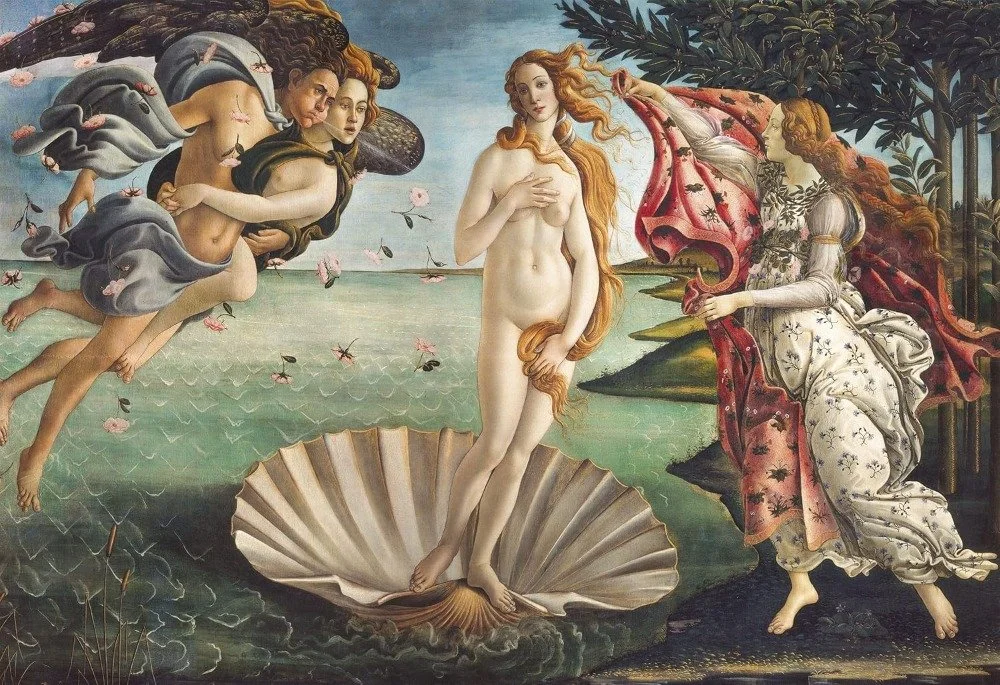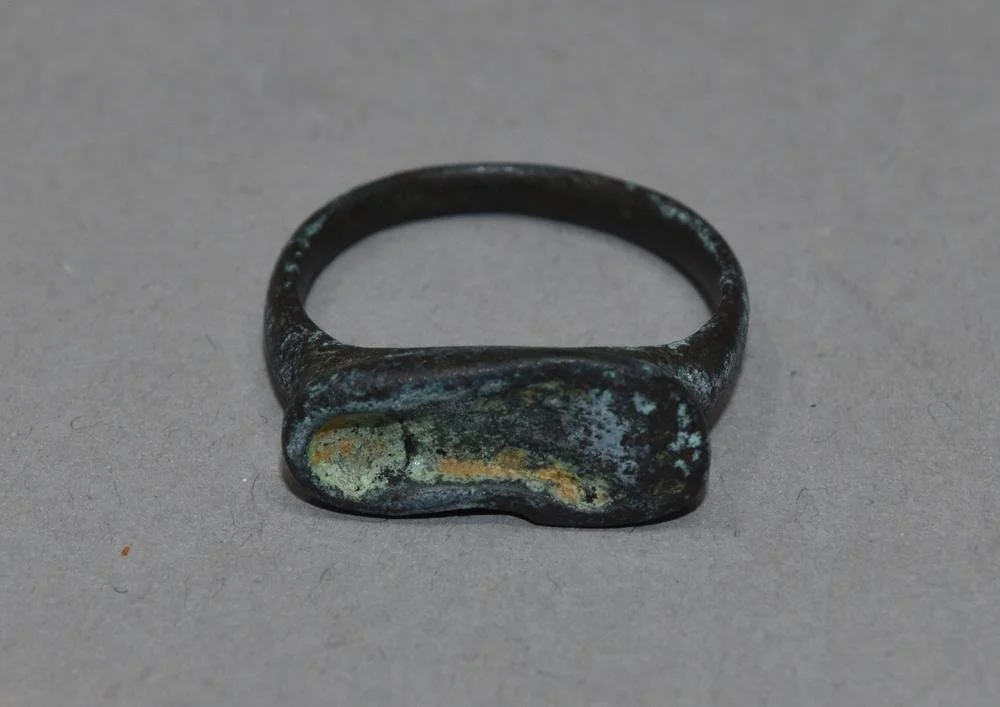September Newsletter: Inspiration from the Equinox and a look at bronze origins
Hello and welcome! Thank you for being here.
I’m watching the salmon spawning in the streams as the leaves start to change here in Northern Washington. I’m sure we all feel the delicious nostalgia of early fall and its impending coziness, the season feels like a child being enchanted by the world it's just meeting.
Inspiration to surround early fall creation
The Sound Track: Leonard Cohen
The table: Hungarian mushroom soup with wild chanterelle mushrooms, ceramic bowls with a marbled red brown glaze, light olive green glasses.
Paired with: L’esprit Gewurztraminer from st. josephs winery in Canby, OR
A favorite essay: Possessed by eros, you are moved to create
The bed time story: The story of Artemis and Acteon. Themes in this story: Honoring the earth and all its inhabitants, being a responsible and respectful consumer. Staying true to yourself and your own vision. Honoring your own nature.
About September's Collection
The September release will be coming to Melusae this Sunday, 9/28, at 11am PST!
Rather than unifying this collection with an archetypal theme, as August’s collection was an homage to the lady of the lake, September's collection does not have one unifying idea. It instead hinged around what I felt moved to create this month, to be released at the end as a culmination of time and making. Like a diary.
The visual inspiration is the warm tones of bronze, ancient coins, and hanging pearls like renaissance earrings. Simple bronze rings. Reckoning with the skyrocketing price of silver and how long it truly takes me to create a single piece. Learning and practicing. This month I felt especially drawn to the light green tone of the stone peridot; like the white grapes before harvest and the poplar leaves when they barely begin to yellow.
The Equinox earrings from September’s shop update
The Charms
This month, Melusae is introducing three charms, as made to order talismans. Each will be available as a stand alone charm or as a necklace.
Each of these three charms are sand cast and inspired by ancient coins. Sand casting is a process that dates back to ~1000 BC, where an object is pressed into a hard sand or clay, then removed to create a mold. A metal is then melted at high heat in a ceramic crucible until molten, then the liquid metal is poured into the mold. You can watch part of the process here. Sand casting is rudimentary, immediate, effective, but also very slow, as each unique piece is individually poured and finished.
It took me a year of perfecting the technique before being able to regularly get a complete cast. The metal has to be hot enough, the mold has to be properly vented and the channels for the metal to flow through must be properly placed. The pour of the metal from crucible to mold must also be precise and done without hesitation. It became a slow meditative practice. I had to learn to not fear the temperature and instead quiet my mind and pray to the gods of metalwork. When you find your mediums they can feel like meditation, linking mind body spirit in the presence of the process.
Charms
The Shell
The shell charm celebrates the worship of water, introduced as we joyfully send off the summer season where we spent all our free time gravitating toward bodies of water. The shell is often connected to the goddess Aphrodite, most famously depicted in Sandro Botticelli's ~1480 ‘Birth of Venus’, arriving into the world on a half shell, a force of creation, love, and beauty. Going into the story of the goddesses birth, she is born in the sea foam from the castrated genitals of the sky god Uranus, which have been cast into the sea by his son, the titan Cronos. In this legend, something so violent creates the archetypal epitome of love and beauty. The sea transforms, beauty is always created even in the most unlikely places, violence is not permanent.
The Crab
Moving back to the northwest, the crab is a big figure here. Also one of my favorite foods. Making the crab charm is a love token to the pacific coast and its inhabitants. This aside, the crab is a truly intriguing creature. The horseshoe crab is perhaps the only known animal to remain the same after millions of years of evolution. Creation loves it sooo much. I like to think of god/the universe/creation/mother goddess tinkering with biology and evolution as a fun hobby then looking at the crab and just blowing it a kiss.
Venus
The Venus charm is based on Stone Age ‘venus’ figurines. Believed at times to be calendars, ritual items, goddesses, charms, effigies, symbols of survival in harsh ice age climates, these venus figurines have been discovered all over the world. I think what calls to many about the Venus figure though, is that an early depiction of something that could be a mother goddess speaks to a time far beyond the grasp of human memory. A time where maybe we once had something other than a masculine model of society focused on a culture of capital and domination. And what could our world have been like if we had culturally evolved in a different way.
The Birth of Venus, Sandro Botticelli, ~1480
Venus of Willendorf, Made 30,000 years ago. Found in present day Austria
All About Bronze
September’s release contains a mix of bronze and silver. Bronze isn’t as commonly talked about as gold and silver as a metal for jewelry, but it deserves to be. I’d like to share some background on the material.
Bronze is something called an alloy, which means it is a mix of different types of metals. Bronze is made up of a high percentage of copper with a little bit of tin. Since the bronze age, it has been used in construction, tools, farm equipment, weapons, sculptures, masks, vessels, instruments, coins, jewelry, and more.
Bronze is an incredibly durable material, which holds up well to daily wear. Its use in jewelry dates back to its first use around 4500 years ago during the bronze age. Its strength and wide range of applications completely changed the world and defined a long era of human history. Previously, societies depended largely on stone for tools. Unlike stone, bronze was easier to shape and sharpen, making it ideal for tools and much more durable. Bronze could also be melted down and reused, allowing people to repair or create new items. Beyond the massive societal changes in industry and trade that were brought on by new and improved tools, the widening use of bronze during the bronze age completely revolutionized metal craft. It is in this period that we begin to see intricate and decorative designs in metal jewelry, as craftspeople mastered new techniques in bronze, gold, silver, and electrum. Many of these techniques are still widely used to this day.
Like silver, bronze does tarnish over time, developing a beautiful warm tone that can turn into a dark patina. Because of the copper content, it can develop an antique green cast when it reacts to moisture over a long period of time. This can be prevented by removing dirt, oils, and moisture from jewelry after wearing, and making sure to dry your jewelry when needed.
Due to its copper content, a bronze ring may leave a green tint on your skin depending on your unique body chemistry. The copper in bronze reacts to moisture, sweat, and skin oils and creates a harmless tarnish called copper oxide, which is what leaves behind the green mark. People that live in humid environments and skin types with a higher acidity are more prone to this oxidation process.
Bronze stamp ring with the impression of a foot. Minoan, 1600BC-1100BC.
Thank you for reading!
Madison





